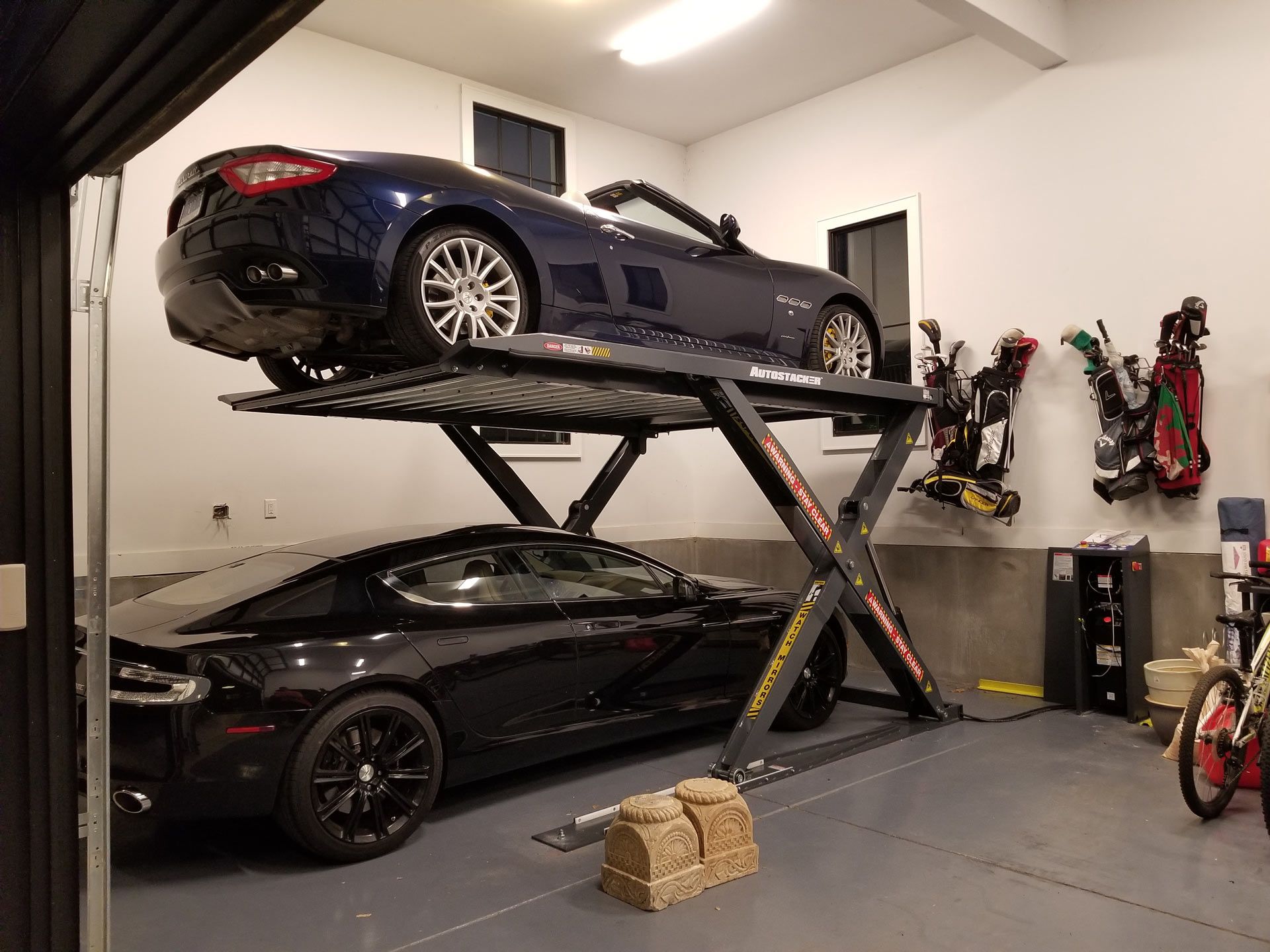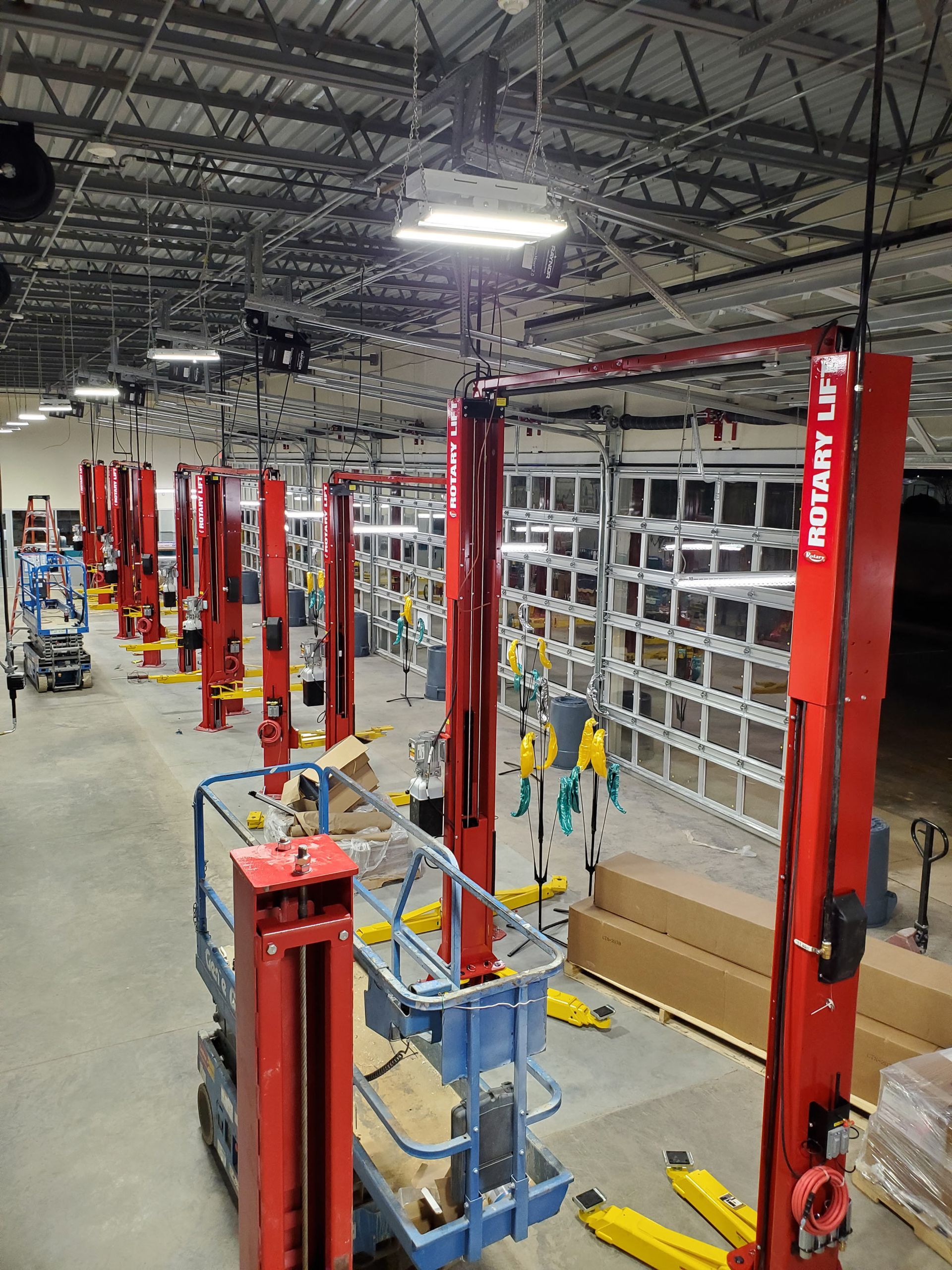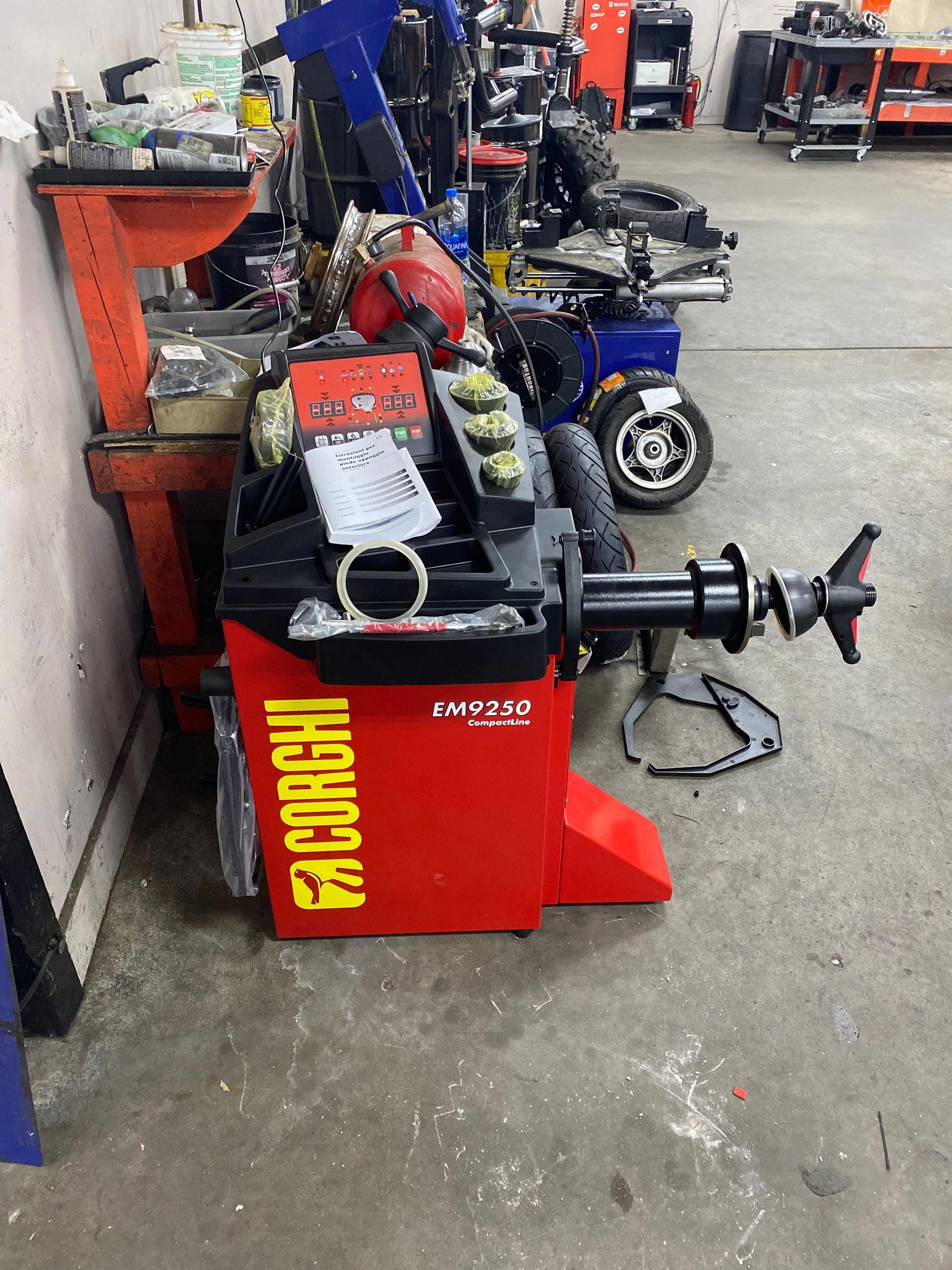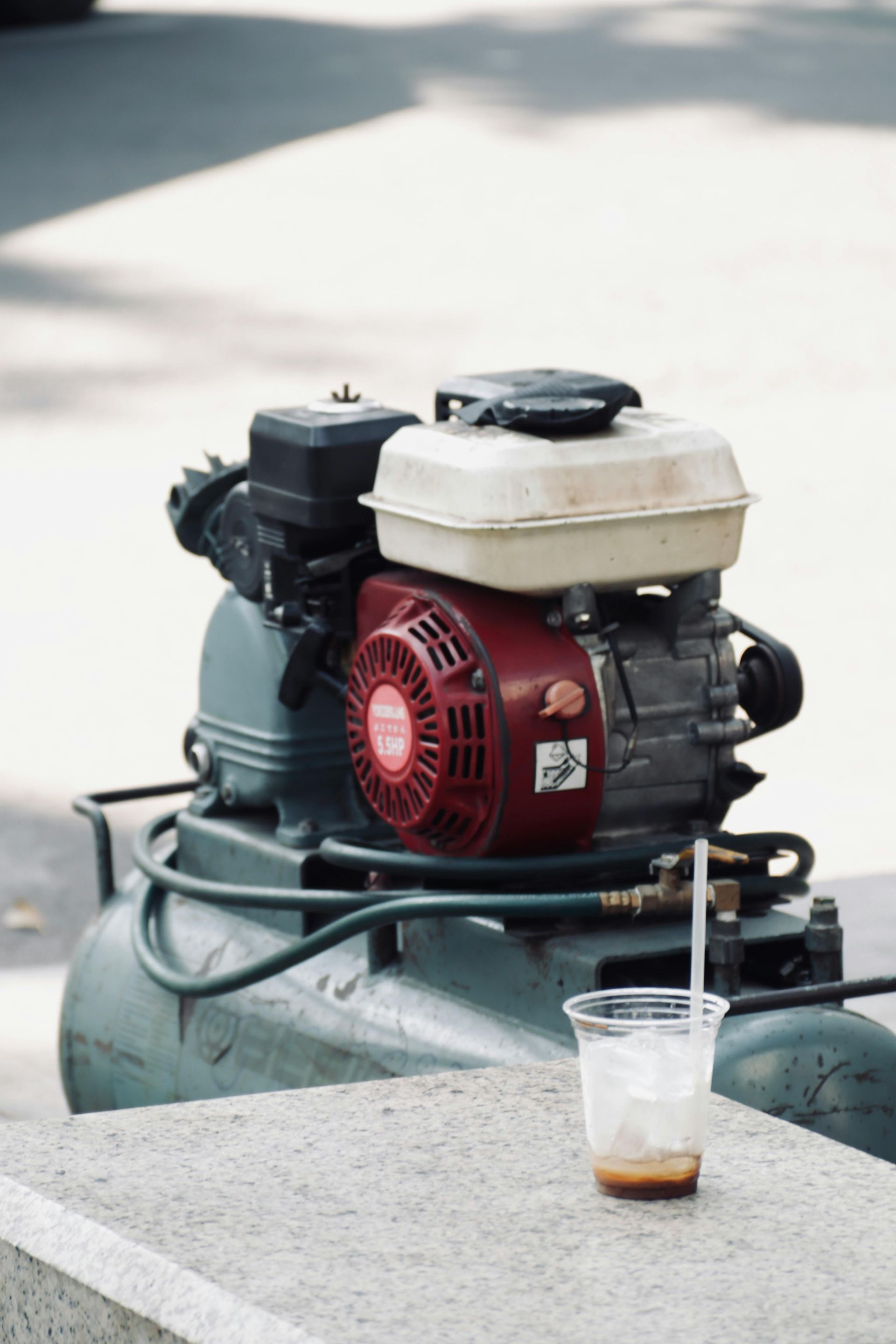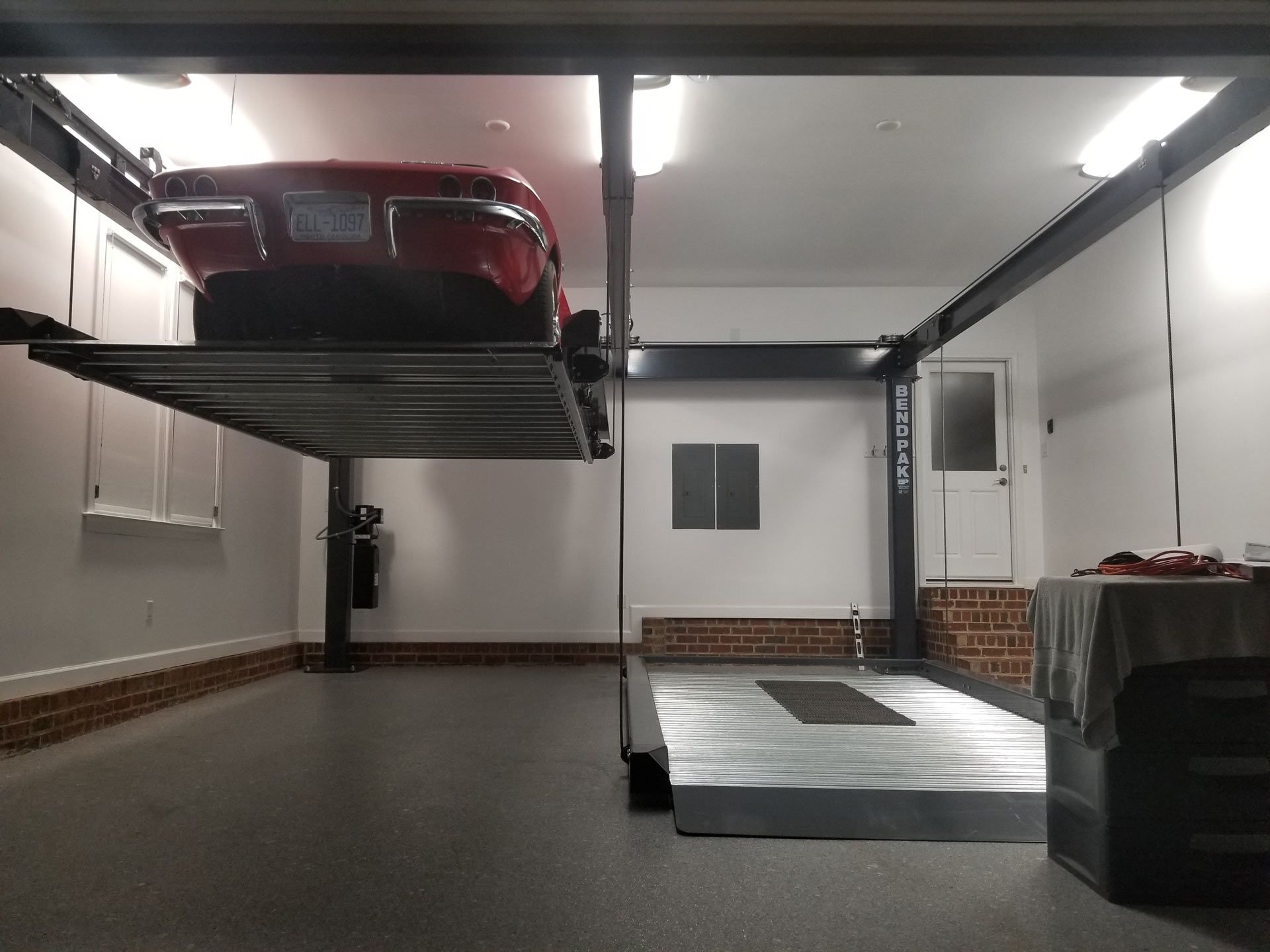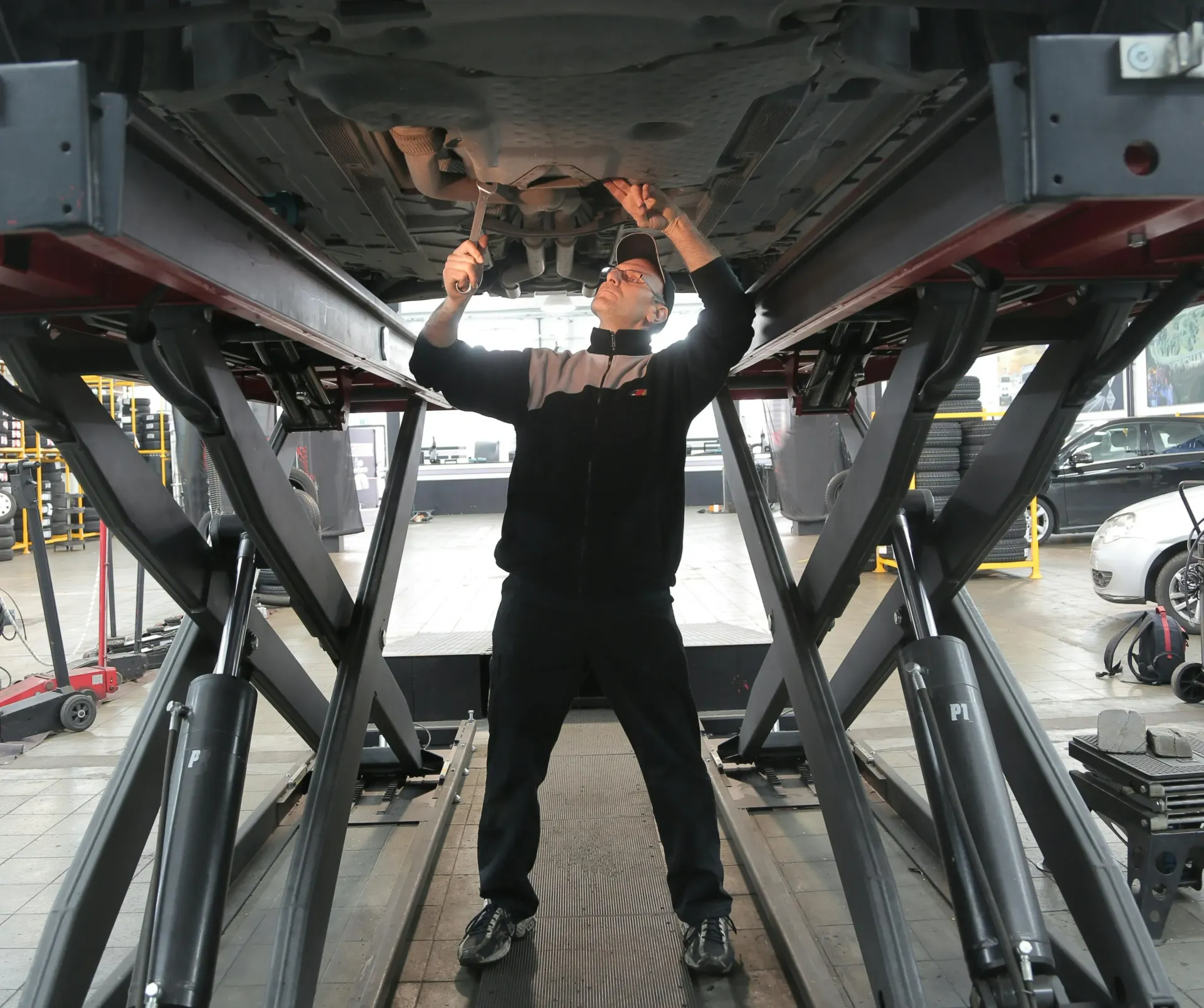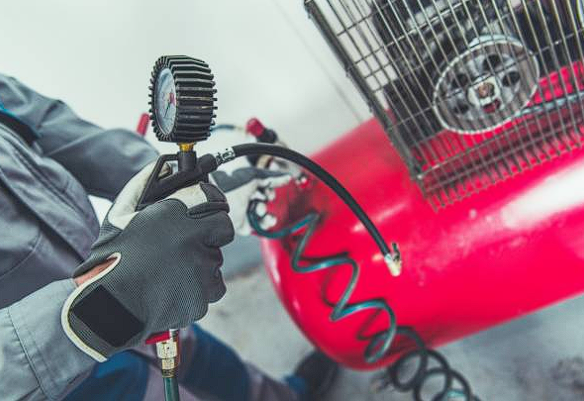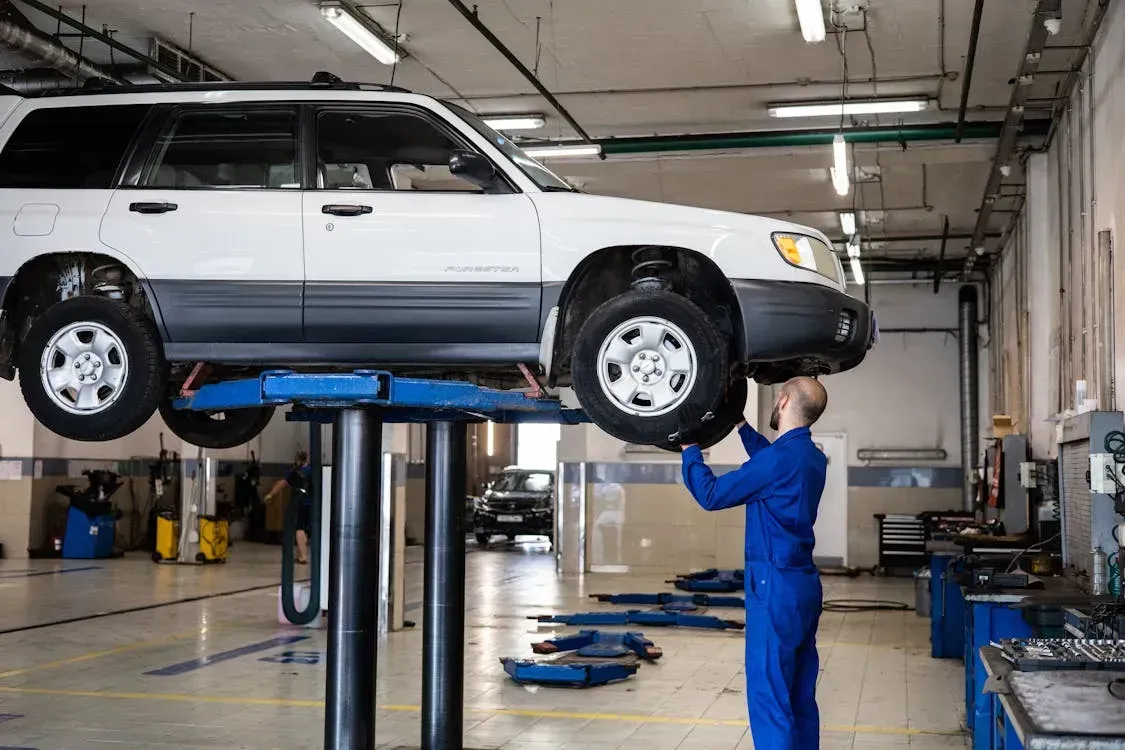
When and How Often to Replace Your Car Tires
Tires are your car's connection to the road. They impact your safety, comfort, and fuel efficiency. Knowing when and how often to replace them is key. In this guide, we'll explore signs of tire wear, factors affecting tire lifespan, and maintenance tips. Our aim is to make tire care simple and clear. Whether you're a seasoned driver or a beginner, this guide will help you keep your tires—and your car—in top shape.
Signs You Need to Replace Your Tires
Knowing when to replace your tires can save you from unexpected problems. Here are some clear signs you need new tires:
Visible Tread Wear
Check your tread depth regularly. If it’s worn down to the wear bars or less than 2/32 of an inch, it’s time for new tires. An easy way to check is the penny test: insert a penny into the tread with Lincoln's head upside down. If you can see the top of Lincoln's head, your tread is too low.
Cracks and Bulges
Inspect your tires for any cracks in the sidewalls or bulges. Cracks can indicate aging or damage from road hazards, while bulges suggest that the tire’s internal structure has been compromised. Driving on such tires can be dangerous and can lead to a blowout.
Frequent Air Leaks
If you find yourself frequently needing to add air to your tires, it could mean they are no longer holding air properly. This could be due to a slow leak, a puncture, or general wear and tear. Persistent air leaks reduce your tire's effectiveness and can lead to further damage.
Vibration While Driving
Unusual vibrations, especially at higher speeds, can indicate that your tires are uneven or damaged. This can be due to tire wear, poor alignment, or balance issues. If you notice vibrations, it’s important to have your tires inspected immediately.
Regularly checking for these signs will help ensure your tires are in good condition, enhancing your safety and driving experience.
How Often to Replace Tires
Knowing how often to replace your tires is just as important as recognizing the signs of wear. Here’s what you need to know:
- Average Lifespan of Tires: Most tires last between 25,000 to 50,000 miles. This can vary depending on the type of tire and the conditions in which you drive.
- Factors Affecting Tire Lifespan:
- Driving Habits: Aggressive driving, hard braking, and fast cornering can wear out tires faster.
- Road Conditions: Rough, unpaved, or pothole-ridden roads can shorten tire life.
- Climate: Extreme temperatures, both hot and cold, can affect tire longevity. Tires in hot climates tend to wear out faster.
- Maintenance and Care: Proper maintenance can extend the life of your tires. This includes regular rotations, alignments, and keeping your tires properly inflated. Following the manufacturer’s maintenance recommendations is key.
Understanding these factors helps you get the most out of your tires and ensures they are replaced at the right time, maintaining your vehicle's performance and safety.
When to Replace Tires
Determining the right time to replace your tires involves more than just mileage. Here’s how to know when it's time:
Understanding Tire Age
Tires have a lifespan even if they look fine. Check the manufacture date on the sidewall, marked as the DOT code. The last four digits indicate the week and year the tire was made. For example, 2319 means the tire was made in the 23rd week of 2019. Tires older than six years should be replaced, regardless of tread wear.
Seasonal Considerations
Different seasons require different tire conditions. Winter tires should be replaced with all-season or summer tires once temperatures rise above 45°F. Similarly, if you use summer tires, switch to winter tires as the weather cools.
Manufacturer Recommendations
Always refer to the manufacturer’s guidelines for replacing tires. They provide specific recommendations based on the tire model and your vehicle’s requirements.
Performance Decline
If you notice reduced traction, longer braking distances, or a less comfortable ride, these could be signs that your tires are no longer performing well and need replacement.
By keeping these factors in mind, you can ensure your tires are always in optimal condition, providing the best performance and safety for your vehicle.
Checking Tire Tread Depth
Maintaining proper tread depth is essential for tire performance and safety. Here's how to check your tread depth:
How to Measure Tread Depth
The simplest method is the penny test. Insert a penny into the tire tread with Lincoln's head facing down. If you can see the top of Lincoln's head, your tread is too low and it's time to replace your tires. For a more accurate measure, use a tread depth gauge, which can be found at most auto parts stores.
Tread Wear Indicators
Modern tires have built-in tread wear indicators, which are small bars of rubber running perpendicular to the tread. When the tread wears down to these bars, it indicates that the tire needs to be replaced.
Legal Tread Depth Limits
In many places, the legal minimum tread depth is 2/32 of an inch. Driving with tread below this limit can be dangerous and may result in fines. It’s best to replace tires before they reach this point to ensure optimal traction and safety.
Regularly checking your tire tread depth helps you maintain safe driving conditions and avoid unexpected tire failures.
Maintaining Tire Health
Proper tire maintenance can significantly extend the life of your tires and improve your vehicle's performance. Here are key maintenance practices:
Regular Inspections and Rotations
Inspect your tires for damage and uneven wear every month. Rotate your tires every 5,000 to 8,000 miles to ensure even wear across all tires.
Proper Inflation and Alignment
Keep your tires properly inflated according to the manufacturer's recommendations. Check the pressure monthly and before long trips. Proper alignment ensures that your tires wear evenly and your car handles correctly.
Balancing and Tire Pressure Monitoring Systems (TPMS)
Have your tires balanced every 10,000 miles to prevent uneven wear and vibrations. If your car has a TPMS, pay attention to its alerts. This system monitors the air pressure and warns you when a tire is under- or over-inflated.
Regular maintenance not only extends tire life but also improves fuel efficiency and enhances driving safety.
Choosing the Right Tires
Selecting the right tires for your vehicle ensures safety, comfort, and performance. Here’s how to choose:
Types of Tires
- All-Season Tires: Suitable for year-round use, providing a balance of performance in various conditions.
- Winter Tires: Designed for better traction in snow and ice. Ideal if you live in areas with harsh winters.
- Performance Tires: Offer enhanced handling and traction, suitable for sports cars and high-performance vehicles.
Reading Tire Specifications
- Size: Check your vehicle's manual or the tire’s sidewall for the correct size, which is usually in the format P215/65R15.
- Load Rating: Indicates the maximum weight the tire can support. Higher ratings are better for heavy loads.
- Speed Rating: Indicates the maximum speed the tire can handle. For example, an H rating means the tire can safely sustain speeds up to 130 mph.
- Consider Your Driving Needs: Think about your driving habits, the climate, and the types of roads you typically drive on. Choose tires that match these conditions to ensure the best performance.
Cost of Replacing Tires
Understanding the cost of replacing tires helps you budget and make informed decisions. Here’s what to consider:
Factors Influencing Tire Prices
- Brand and Quality: Premium brands typically cost more but offer better performance and longevity. Budget-friendly options are available but may wear out faster.
- Type of Tire: Specialized tires like winter or performance tires are generally more expensive than standard all-season tires.
- Size: Larger tires for SUVs or trucks often cost more than smaller ones for sedans or compact cars.
Budgeting for New Tires
- Set Aside Funds: Plan ahead by setting aside money regularly for tire replacement. This prevents financial strain when it’s time to buy new tires.
- Look for Deals: Watch for sales and promotions. Some retailers offer discounts or package deals for buying multiple tires.
Comparing Brands and Models
- Read Reviews: Check online reviews and ratings to find the best tires within your budget. Look for feedback on performance, durability, and value.
- Consult Experts: Talk to your mechanic or a tire specialist for recommendations based on your driving habits and vehicle.
Being aware of these factors helps you make a smart choice, ensuring you get the best value for your money without compromising on safety.
Conclusion
Keeping your tires in good condition is essential for your safety and the overall performance of your vehicle. Regularly checking for signs of wear, knowing how often to replace them, and understanding the importance of proper maintenance can help extend their lifespan. By choosing the right tires for your driving needs and budget, you can ensure a smoother and safer ride.
Remember, well-maintained tires not only enhance your driving experience but also improve fuel efficiency and reduce the risk of accidents. Stay proactive with tire care to avoid unexpected issues on the road.
L&D Shop Solutions: Your Partner in Tire Service Equipment
At L&D Shop Solutions, we understand the importance of quality tire maintenance. We offer a range of tire service equipment designed to help you keep your tires in top condition. From tire changers and balancers to alignment systems and inflation tools, we have everything you need to ensure your tires are always road-ready.
Our expert team is here to help you choose the right equipment for your needs, ensuring you get the best performance and longevity from your tires. Trust L&D Shop Solutions to be your partner in tire care.


